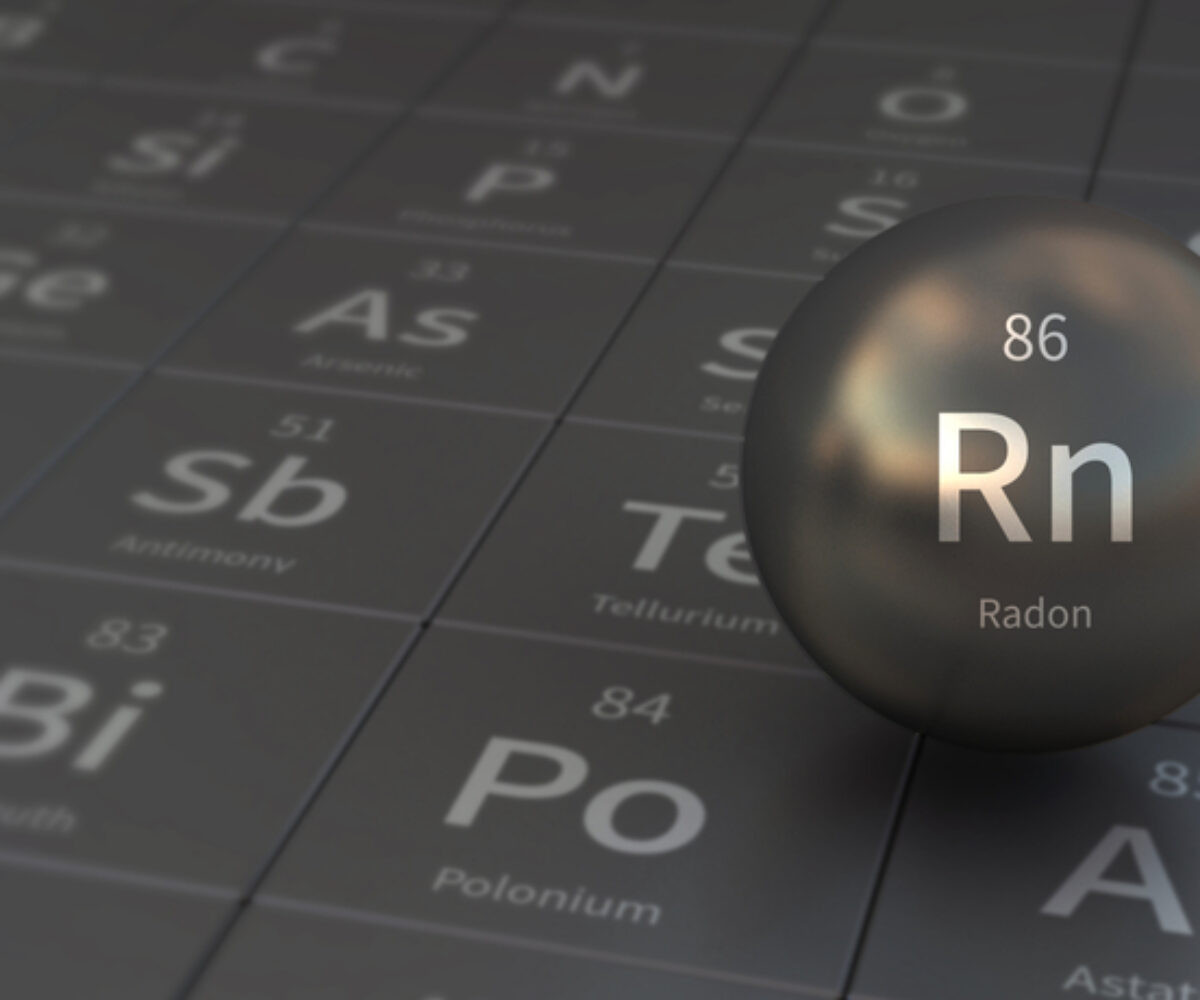Addressing Radon & Cancer Risks When Building Your New Home

Radon.
You’ve likely heard of it and may know that you don’t want to have it in your home, but why? How can you tell if the gas is present in your home? What are its harmful side effects? Why don’t municipalities in Colorado test for it during routine building inspections? Should you be worried?
Knowledge is power. Arm yourself with facts and sleep soundly at night, knowing you are taking correct measures to keep your home–and those inside it–safe.
What is Radon?
Radon is a radioactive gas that is produced from the natural breakdown of the uranium found in most rocks and soils. Found in the soil, radon does not present a health risk outdoors because it is diluted in the open air; however, inside of a home (which is built upon soil), radon emissions can build up to dangerous levels if not monitored and/or mitigated.
Why is Radon Dangerous?
Chronic exposure to radon gas increases the risk of developing lung cancer, making it the second-leading cause of lung cancer (after smoking) in the United States. Radon gas emits atomic particles that can be transmitted in the air circulating through a home. Once inhaled, these atomic particles can be deposited into the lungs. The energy associated with these small molecules can alter cell DNA, thus increasing the risk of lung cancer. The insidious nature of radon gas renders it both odorless and tasteless, making it imperative to find other means of detection.
What is the More Effective Way to Test for Radon?
A Citizen’s Guide to Radon, a downloadable booklet produced by the EPA, explains how to easily and inexpensively test your home for radon either by hiring a professional company or by purchasing a DIY kit and mailing it to a lab to process the results. Either way, you’ll want to place the radon detection device in the lowest level of your home, 2 – 6 feet above the floor, and away from drafts, exterior walls, sumps, drains, windows, and doors. Windows and doors should be kept closed as much as possible for the duration of the air sample collection–a period of up to 72 hours. The EPA recommends that average annual indoor radon levels do not exceed 4.0 pCi/L. If the radon level in your home exceeds this amount, a fan can be installed to lower radon levels well below this guideline.
Are Certain Times of Year More At-risk Than Others?
Radon gas can have a tendency to build up in a home during the winter months when the home’s windows and doors are sealed tightly against the elements, lessening general airflow. Additionally, as the soil hardens and freezes during colder months, radon gas continues to flow upward, often averting the frozen soil and taking the easier path–that leading right through your home, As warm air escapes from the home through vents, drafty windows, and other openings at the top of the house, this airflow causes a vacuum effect that can pull air from the home’s lower levels–air that is more likely to contain radon gas. The upside of this effect? Winter months pose an ideal time to have the air in your home tested for radon, as levels are likely to be at their highest.
How Can a Professional Contractor Help?
New-home construction can include radon-resistant features to help mitigate the intrusion of the unwelcome gas.
- Install a layer of clean gravel or aggregate beneath the slab or flooring system to aid in air circulation.
- Lay polyethylene sheeting on top of the gravel layer to form a barrier.
- Include gas-tight venting pipe from the gravel level, through the building, to the roof.
- Seal and caulk the home’s foundation thoroughly.
- Install a complete hard-wired radon mitigation system, which includes piping, venting, and fan, into the basement/crawlspace of the home.
/Sheffield_Logo_Horizontal_Reversed.png)


